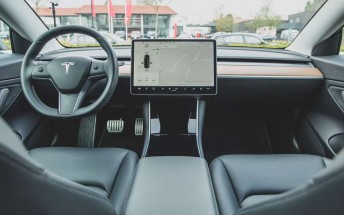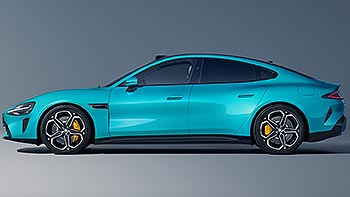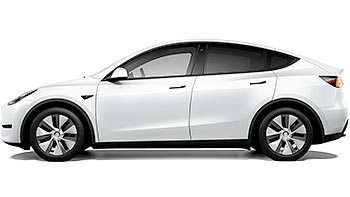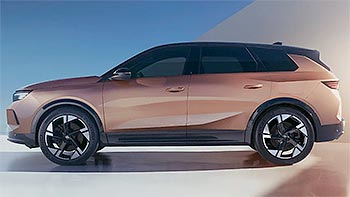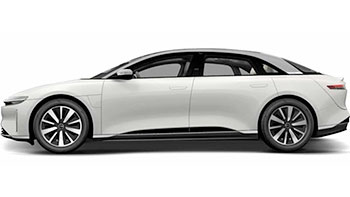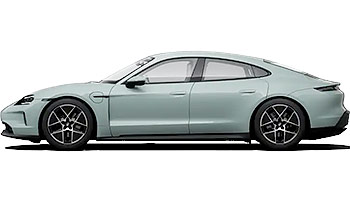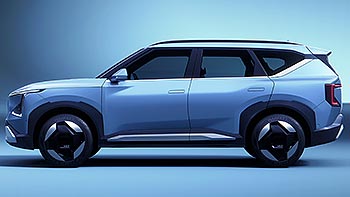EPA changes emissions rules - America's road to electric vehicles gets a speed adjustment

The Environmental Protection Agency (EPA) has adjusted its rules on electric vehicle adoption. Following industry pressure and assessment of the current state of EV readiness, the EPA has relaxed its initial aggressive push for a swift transition. The updated emissions standards still target significant reductions, but they offer automakers more time and flexibility to reach that goal.
The initial EPA proposal sent shockwaves through the automotive world. It demanded that approximately two-thirds of new vehicles sold by 2032 be zero-emission. Automakers, citing challenges in supply chains, manufacturing adaptability, and the limited charging infrastructure, pushed back. The finalized standards reflect those concerns.

Automakers now have a longer runway. They'll need to increase EV sales so that between 30% and 56% of their production qualifies as zero-emission by 2032. Additionally, the 'grams per mile' metric means companies can still focus on improving fuel efficiency across their entire fleet, not just rely on purely electric models.
Environmental advocacy groups have mixed reactions to the change. Some, like the Sierra Club, see it as a positive step, acknowledging that a successful EV transition hinges on industry readiness. Others, like Public Citizen, criticize the EPA for watering down the plan, arguing that bolder action is required to meet the urgency of the climate crisis.
Industry groups, particularly the Alliance for Automotive Innovation, have welcomed the adjusted requirements, which they believe provide a more realistic timeline for a sustainable shift toward electric mobility.

Alongside the new emissions standards, the Biden administration's substantial financial incentives play a crucial role in steering the market. The Infrastructure Investment and Jobs Act and the Inflation Reduction Act offer significant tax credits and subsidies, making EVs more attractive to consumers and spurring domestic manufacturing. This combination of regulation and incentives is key to the success of the EV revolution.
Several factors will determine the success of America's EV future. Automakers need to overcome supply chain issues and ramp up battery production to meet growing demand. A vast expansion of charging infrastructure is urgently needed to ensure convenient 'refueling' for EV drivers, particularly those on long-distance journeys. Most importantly though, American consumers need to embrace EVs on a large scale - and that may take a long while.
Related
Reader comments
- Anonymous
All electric is not really meant for how the united states is set up. I'm not charging 5 times to go the next town over in my state. They are commuter vehicles, but not for long distance travel especially on highways. It's cool technology t...
- 21 Mar 2024
- Ibx











